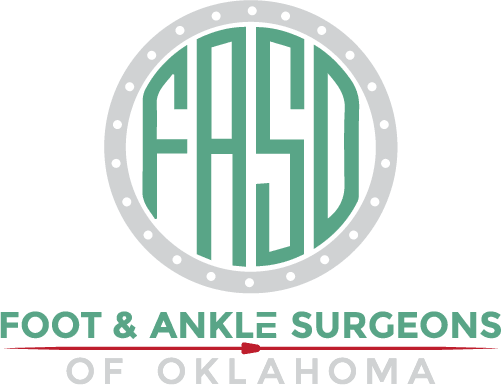Key Takeaways
- Ankle sprains result from stretched or torn ligaments.
- Types and grades of ankle sprains vary in severity.
- The RICE method (Rest, Ice, Compression, Elevation) is essential in early treatment.
- Recovery times differ based on the sprain’s severity.
- Rehabilitation and prevention strategies are critical for full recovery and avoiding reinjury.
What Is an Ankle Sprain?
An ankle sprain occurs when ankle ligaments stretch or tear due to an awkward twist or roll. Ankle sprains are among the most common musculoskeletal injuries, affecting around 12 out of every 1,000 people annually, especially teenagers aged 10-19.
Learn more about our comprehensive ankle sprain treatment options
Types of Ankle Sprains
There are different types of ankle sprains based on the injured area:
- Lateral sprain: The most common type, resulting from rolling the ankle outward.
- Medial sprain: Occurs when the ankle rolls inward, less common but potentially more serious.
- High ankle sprain: Affects the ligaments above the ankle joint, often requiring a longer healing time.
Doctors classify ankle sprains as Grade 1 (mild), Grade 2 (moderate), or Grade 3 (severe ligament tear).
How Do Ankle Sprains Happen?
Most ankle sprains happen during sports or physical activities. They can also occur due to:
- Walking or running on uneven surfaces
- Sudden directional changes
- Improper footwear
- Weak ankle muscles or poor balance
Explore our sports medicine services for athletes with ankle injuries

Diagnosing an Ankle Sprain
Doctors diagnose ankle sprains through visual checks, palpation, movement assessment, and sometimes imaging tests:
- X-rays: Used to rule out fractures.
- MRI: Provides a detailed view of the ligaments.
- Ultrasound: Allows real-time ligament examination.

Treating an Ankle Sprain: The RICE Method
Following the RICE method immediately after injury can reduce pain and swelling:
- Rest: Avoid weight-bearing activities.
- Ice: Apply ice for 15-20 minutes at intervals.
- Compression: Wrap the ankle with an elastic bandage.
- Elevation: Keep the foot elevated above heart level.

Medical Treatment for Ankle Sprains
Your doctor might recommend additional treatments based on the severity of the sprain:
- Pain medication: For relief from discomfort.
- Braces or boots: Provide support during healing.
- Physical therapy: Exercises to strengthen and restore flexibility.
- Surgery: Rare but necessary for severe cases.
Discover our advanced surgical options
Recovering from an Ankle Sprain
Recovering from an ankle sprain may take several weeks, with mild sprains healing faster than severe ones. A rehabilitation plan often includes balance exercises to strengthen the ankle.
Learn about our personalized rehabilitation programs
Preventing Future Ankle Sprains
To avoid repeat injuries, consider:
- Balance and strength exercises
- Supportive shoes for sports activities
- Ankle taping or bracing for high-risk activities
Learn about our comprehensive approach
When to See a Doctor
Seek medical help if:
- Your ankle is swollen or bruised
- You experience severe pain or numbness
Conclusion
With proper care, ankle sprains can heal effectively, allowing you to return to daily activities and sports. Contact our team to schedule an appointment.
Contact us to schedule an appointment for your ankle sprain evaluation
Typical Ankle Sprain Recovery Stages
Rest
Take it easy initially to allow healing.
Follow Doctor's Advice
Adhere to professional medical guidance.
Be Patient
Allow time for full recovery.
Stay Active Safely
Engage in appropriate activities to prevent future sprains.
